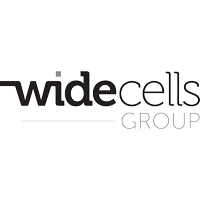Last month CellPlan joined an international community of cord blood charities and storage facilities in celebrating the inaugural World Cord Blood Day. The aim of the day was to raise awareness about the therapeutic properties of cord-blood and to challenge the routine disposal of umbilical cord blood when a baby is born.
One of the highlights of the programme, organised by Save the Cord Foundation and hosted by Charis Ober, was an interview with Dr Eliane Gluckman, the world’s first doctor to perform a cord blood transplant.
“Today we are making history,” said Ober as she asked the legendary haematologist to talk about the contribution of cord blood to medical science. “I’m very glad to talk about cord blood,” Dr Gluckman smiled, “it’s my baby.”
Dr Gluckman, now Professor Gluckman, made cord blood history when she performed the world’s first umbilical cord blood transplant in 1988. Since that time, cord blood stem cells have been used in over 40,000 procedures and are routinely used to treat over 80 diseases of the blood and immune systems such as leukaemia, neuroblastoma and sickle cell.
How did the first cord blood transplant come about?
“We had already shown that cord blood could successfully be used as a source of haematopoietic stem cells,” the parent cells to all other blood cells in the body, said Dr Gluckman. Bone marrow had been used for some time as a source of stem cells but it was difficult to find a match between patient and donor. Dr Gluckman and her colleagues around the world were looking for a new source of stem cells and began to look at the composition of cord blood.
On the other side of the Atlantic, Dr Gluckman’s colleague Hal Broxmeyer and his team were treating a little boy with Fanconi’s anaemia. Matthew Farrow was born with the rare and fatal blood disease and was terribly ill at the time that his mother was expecting his younger sister, Alison. Having heard about the pioneering work in cord blood, Matthew’s parents made the brave decision to store their Alison’s umbilical cord blood and to use the stem cells it contained to treat Matthew – an operation that had never been performed before.


